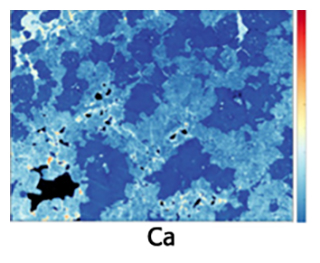Laser-Induced Breakdown Spectroscopy – A geochemical tool for the 21st century
Harmon R.S.; Senesi G.S.
Laser-induced breakdown spectroscopy (LIBS) is a simple, straightforward, and versatile form of atomic emission spectroscopy that focuses a rapidly-pulsed laser beam onto a sample to form a plasma containing its constituent elements and then uses spectral analysis of the emitted light to detect the elements present. In theory, LIBS is capable of qualitative, semi-quantitative, and quantitative analysis of all elements in the periodic table. LIBS can be performed in the laboratory or outside in the ambient environment for on-site analysis in situ; LIBS can also be used for rapid microscale compositional imaging. This review first presents a description of the LIBS technique and then discusses and illustrates through a historic literature review how LIBS has been used to analyze gases, natural waters, minerals, rocks, sediments, and soils. Given the persistent need of analytical instrumentation for the rapid chemical analysis of geologic materials in the field, and the capability of LIBS to analyze any type of sample in real time with little to no preparation, there is a vast potential for the routine application of LIBS across a broad spectrum of the geosciences that is as yet only minimally realized.
| ID | 456973 |
|---|---|
| DOI | 10.1016/j.apgeochem.2021.104929 |
| PRODUCT TYPE | Journal Article |
| LAST UPDATE | 2022-04-11 |

 English
English  Italiano
Italiano 